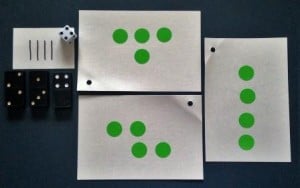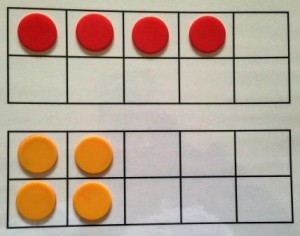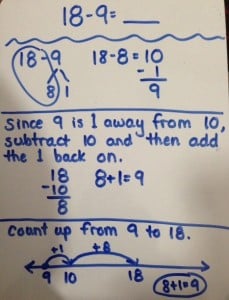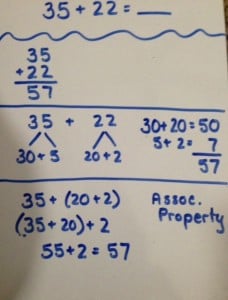by C. Elkins, OK Math & Reading Lady
As I mentioned in my last post (More Number Talk Ideas – Part 1), there are many ways to conduct Number Talks with your students. The last post focused on Picture Talks and Which One Doesn’t Belong (WODB). This week I am focusing on Estimation Mysteries and Data Talks.

Esti-Mysteries
Steve Wyborney has been super gracious to share his math estimation mysteries with educators via the nctm.org blog and through his website: https://stevewyborney.com/
What are they? Each esti-mystery features a clear container with identical small objects (cubes, dice, marbles, manipulatives, etc.). Students estimate how many are in the container, then proceed through 4-5 clues revealed one at a time in a ppt format. Clues give information dealing with number concepts such as even/odd, less than/greater than, place value, multiples, prime, composite, etc. With each clue, students can then revise their estimate to try to eventually match the actual amount revealed on the last slide. Different clear containers are used with each mystery to include ones with irregular shapes.
It’s really interesting for students to share how they arrived at their estimate, to list possible answers, then defend their choice. And of course, the rejoicing when/if their estimate matches the revealed amount!
Data Talks
You may have heard of the youcubed website (https://www.youcubed.org) which is partially commanded by well-known Stanford mathemetician Jo Boaler and her co-hort Cathy Williams. You will be amazed at all of the math resources and task ideas for all grades at this site. I witnessed another webinar hosted by these scholars regarding the increased need for data science. While professionals surveyed rarely actually use the algebra, geometry, and calculus learned from high school or college courses, there is definitely an increase in the need for data science / statistics as noted in almost everything we do. So youcubed has made it their mission to ramp up data science resources. One already in the works is “Data Talks” which provides some real-world, interesting, thought-provoking data presentations ready for class discussion. The link is right here: https://www.youcubed.org/resource/data-talks/
You will find graphs and tables of all types (some very creative ones), with topics such as these:
- Steph Curry’s shooting and scoring % shown on a basketball court diagram
- Social media use
- Paper towel hoard in 2020
- Dice combinations
Before diving into the data presented, get students to notice first . . . “I noticed . . .” and follow analysis with “I wonder . . .” The “I wonder” questions promote ideas about trends and change in data. Here’s a sample graph regarding possible outcomes when adding 2 dice (graphic from google, not youcubed.org): 
Possible noticing and wondering:
- I noticed the graph goes up and then down symmetrically.
- I noticed there are 11 possible sums using 2 dice.
- I noticed the bar for 7 is the highest.
- I noticed numbers on the left side go up by .02 each increment.
- I wonder why 7 is the highest? What are ways to roll a sum of 7?
- I wonder what a graph would look like when actually rolling 2 dice numerous times? Will it be similar to this one?
I highly encourage you to check these out! I will add the sites to my resource list (top bar of my blog) for easy access.
Till next time . . . Cindy
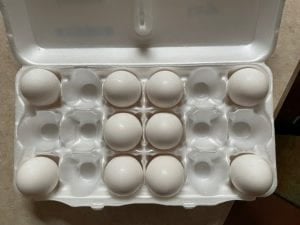
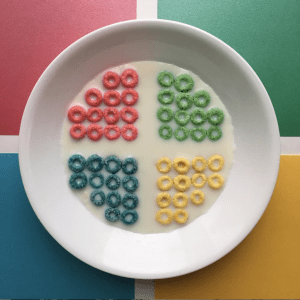
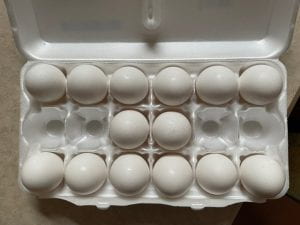
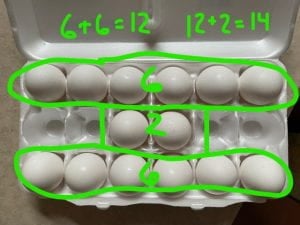



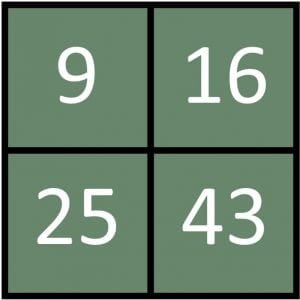
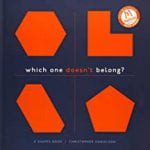 WODB book at Amazon
WODB book at Amazon 
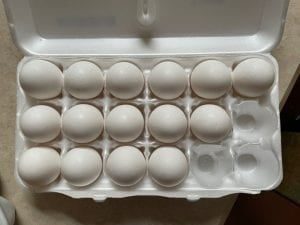
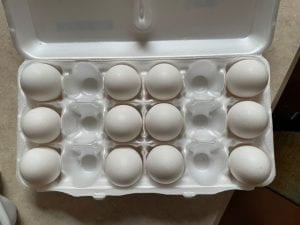

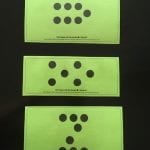 See the last post for strategies with ten frame dot cards and some background information about why and how (click
See the last post for strategies with ten frame dot cards and some background information about why and how (click  I blacked out the number in the small print at the bottom of each card because I was using them online and didn’t want the magnification to show the number. When showing them in person, the number is too small really for a student to notice or I can use my hand to cover it when showing the card. Anyway . . . that’s for those of you wondering what the little black smudge was. Here’s an amazon link to the cards which you can get digitally for $19.95 (279 pages worth):
I blacked out the number in the small print at the bottom of each card because I was using them online and didn’t want the magnification to show the number. When showing them in person, the number is too small really for a student to notice or I can use my hand to cover it when showing the card. Anyway . . . that’s for those of you wondering what the little black smudge was. Here’s an amazon link to the cards which you can get digitally for $19.95 (279 pages worth): 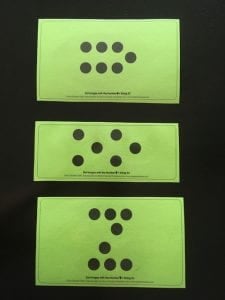
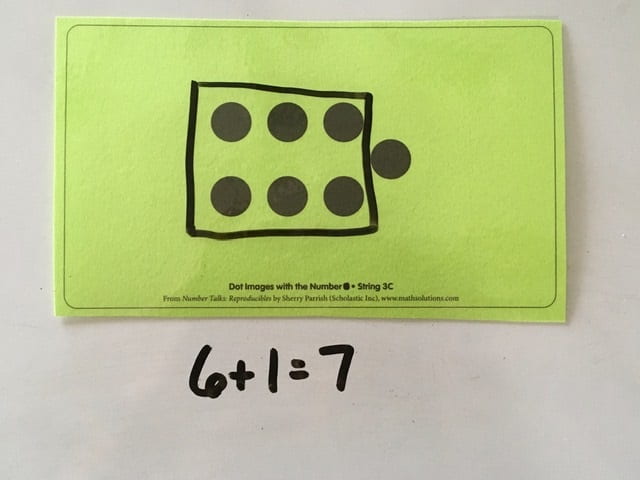




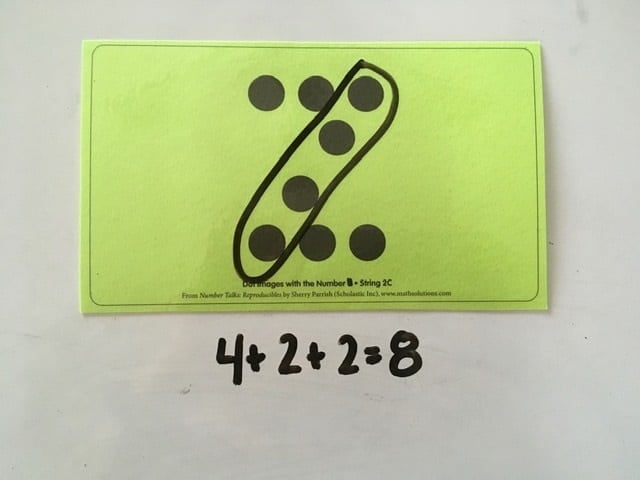
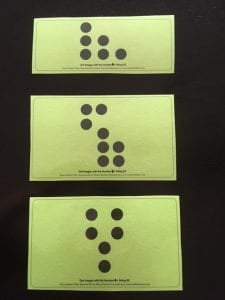
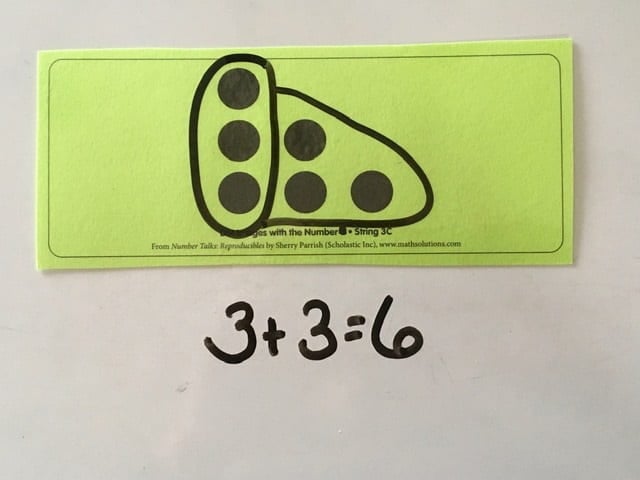

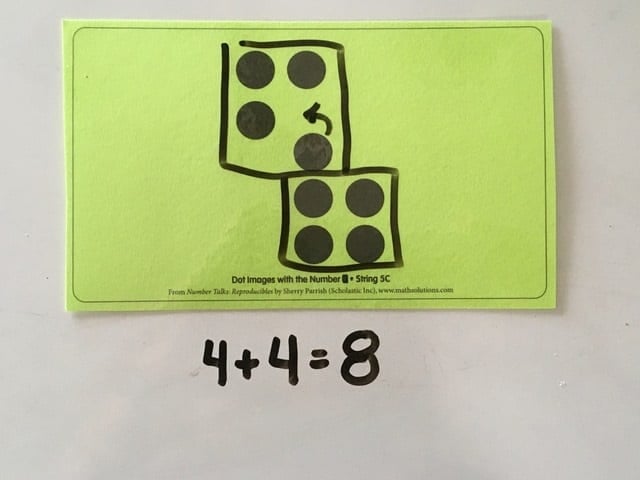
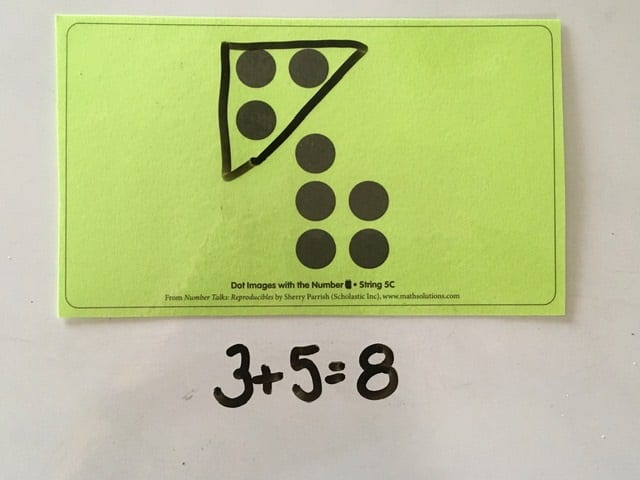
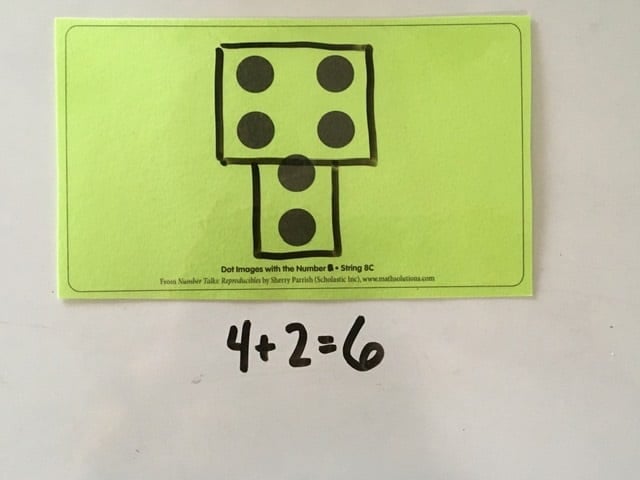
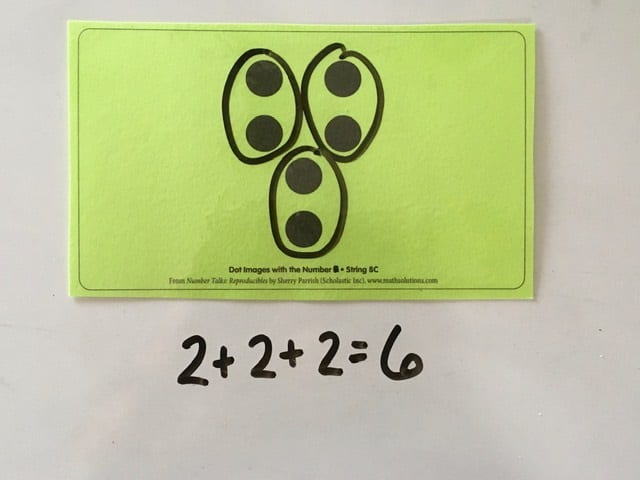
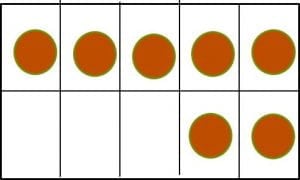
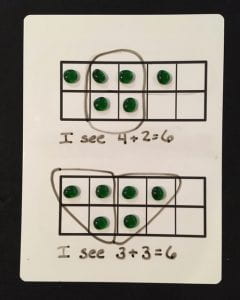

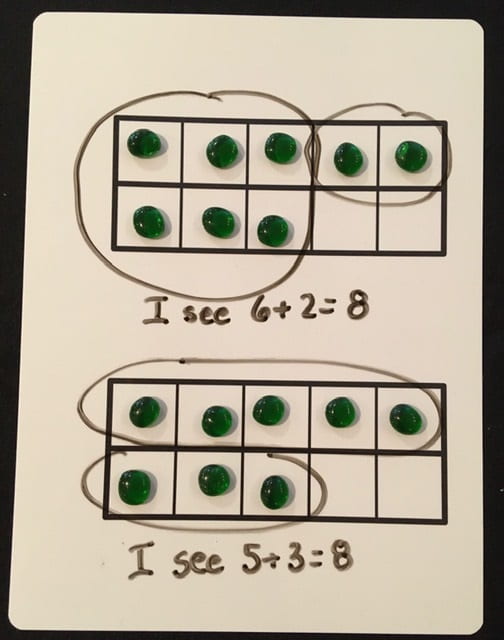
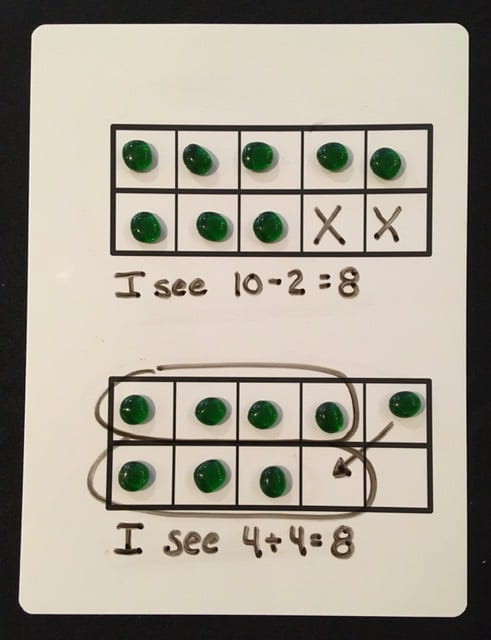
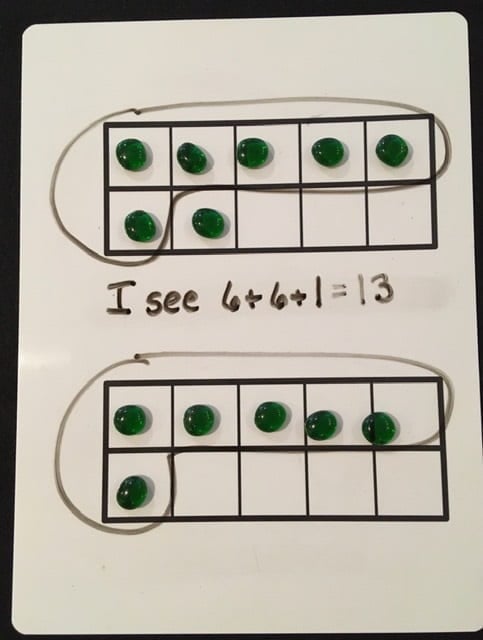


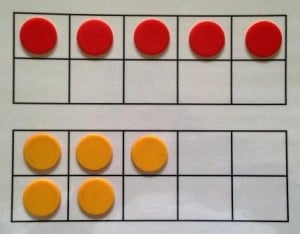 Then stay tuned because ten frames can also be a great tool for addition, subtraction, multiplication, and division.
Then stay tuned because ten frames can also be a great tool for addition, subtraction, multiplication, and division.
